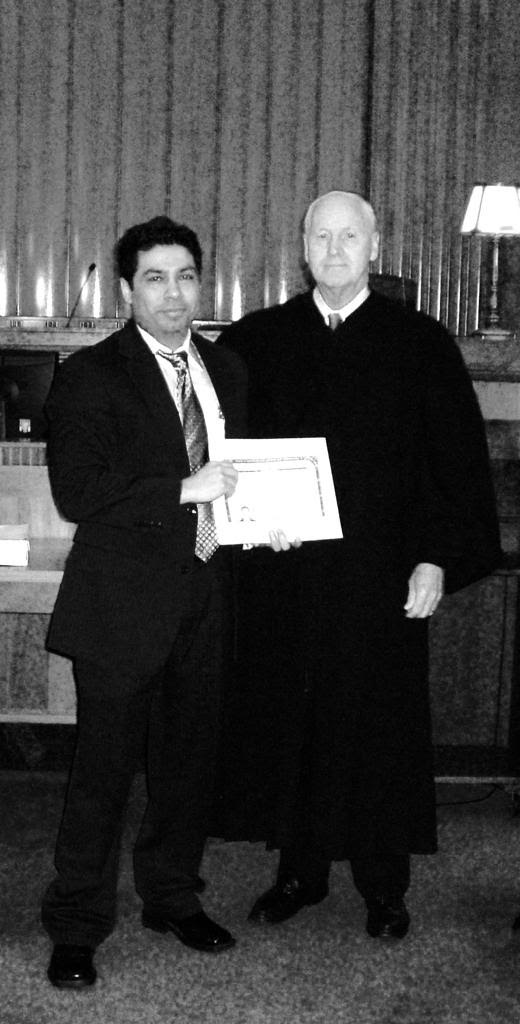There are various reasons why epilepsy should be treated. Children with untreated epilepsy are more likely to drown, have a head injury from a fall, or choke. Seizures regularly might harm a child’s social and academic development.
The majority of seizures do not result in brain damage. On the other hand, controlling generalized seizures can be challenging at times. A youngster experiencing this type of seizure may require intensive care to avoid brain damage or death.
Over 3/4th of young children with epilepsy successfully manage their seizures using one or more anticonvulsant drugs. Unfortunately, even when medication is used, a significant number of youngsters will continue to experience many seizures every day. Consequently, researchers are working hard to develop novel drugs and non-drug treatments for epilepsy.
Treatment option 1:
-
Anticonvulsant medicines
The following are the most regularly given medicines for epilepsy in young children. Potential adverse effects are examined, focusing on those impairing development and behavior. A neurologist frequently works with the family to determine the best medicine for their child’s epilepsy.
With some medications, a kid will need to have regular blood tests to confirm that the anticonvulsant medicine level in the blood is within a therapeutic range. Recent illness, other medications, and the child’s nutritional state may all impact the level.
-
Phenobarbital
Phenobarbital is one of the most well-known and well-tolerated anticonvulsants for children. It is most typically used on babies and toddlers. Phenobarbital may produce drowsiness at first, but the kid will usually gain resistance to this side effect.
-
The valproic acid (Depakene, Depakote)
Valproic acid (Depakene or Depakote) effectively treats various pediatric seizure disorders.
-
The drug phenytoin (Dilantin)
In addition to being used as a daily anticonvulsant, phenytoin (Dilantin) is frequently given intravenously in the emergency room to terminate a seizure that is already in progress.
-
Carbamazepine
Carbamazepine (Tegretol) is most commonly used to treat partial seizures. It is an excellent drug for students because it rarely causes sedation or learning difficulties.
-
Felbamate
Felbamate, approved by the FDA in 1993, is effective against a wide range of seizures. It is most commonly utilized in people suffering from Lennox-Gastaut syndrome. These children are often boys with autism characteristics and seizures resistant to medication.
-
Lamotrigine
The FDA authorized lamotrigine in 1994. It, like Felbamate, is used in conjunction with other drugs, most notably in the treatment of Lennox-Gastaut syndrome.
-
Topiramate
Topiramate was approved in early 2000 as an adjunct treatment for seizures in children combined with other medications.
Treatment option 2:
-
Ketogenic diet
The ketogenic diet, an older epileptic treatment, is useful for some people with epilepsy. It is based on the discovery that restricting the body of carbs causes the release of a type of blood molecule known as ketones. Ketones can aid in the prevention of some seizures.
Children must eat a diet high in fat, with a fat-to-carbohydrate-to-protein ratio of about 4 to 1. Much of the fat must be consumed in heavy cream, mayonnaise, or butter. The diet necessitates the weighing of the child’s foods. For each meal, the nutrient percentage must be computed. The carbohydrate content of the child’s medications is also considered. Strict adherence is required for the diet to be effective. When crafting such a crucial diet plan, assistance from a commendable and experienced neurologist and interventional pain specialist would be nice.
Treatment option 3:
v Surgery
Young children with uncontrollable epilepsy may be candidates for surgery on occasion. The very young surgical candidate suffers from frequent and severe seizures enough to interfere with their quality of life and development. Seizures that respond favorably to surgery include those that originate in a single brain location rather than several areas.
The surgical techniques available range from removing a restricted section of the temporal lobe to hemispherectomy (removing nearly half the brain). The long-term hazards of surgically removing key brain structures must be balanced against the actual risks of uncontrollable epilepsy. After surgery, infants appear to have a better developmental results. They do, however, have a higher rate of mortality during and after the treatment than older children.
Child epilepsy is a widespread disease in present times. But the good news is that it can be treated.
Consult a specialist right away if your beloved child is experiencing any epilepsy-related issue. You can seek the advice of the greatest neurologist and interventional pain specialist in your neighborhood. We strongly advise you to use the services of Dr. Gautam Arora. Dr. Gautam Arora is a neurologist and interventional pain specialist who has assisted people for several years.
Contact information:
Dr. Gautam Arora MBBS MD DM NEUROLOGY AND PAIN MANAGEMENT CLINIC NPMC
Address: E 164 /1 KAMLA NAGAR DELHI NORTH 110007
Email: info@neuroandpain.clinic
Phone: 8810340685


